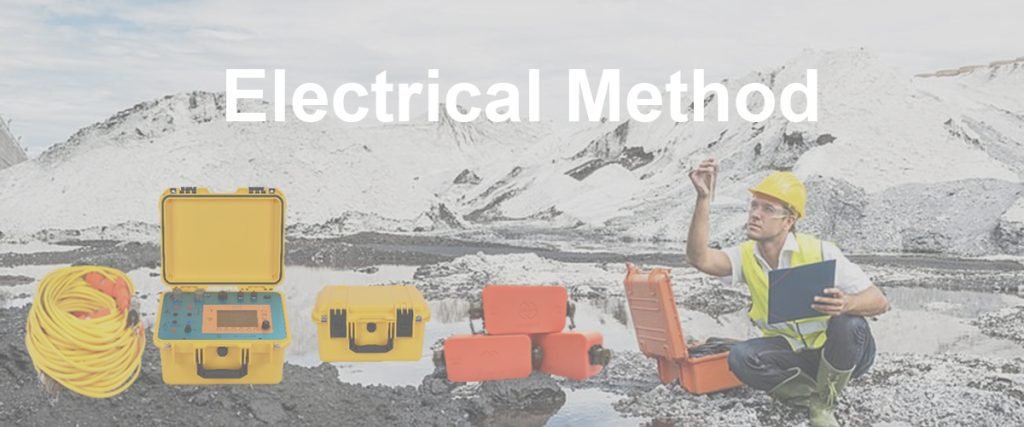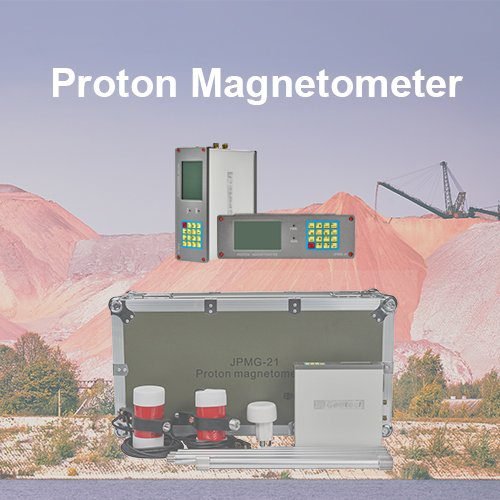Welcome to Geotech!

Electrical Resistivity Tomography: Insights from Research References
TIPS :This article explores ERT references, explaining their role beyond citations. It shows how Electrical Resistivity Tomography references track the technique’s growth, from early days to modern advances, highlighting the value of ERT references in shaping Electrical Resistivity Tomography.

Ⅰ. The Role of References in ERT Development
References in the field of Electrical Resistivity Tomography (ERT) are more than just citations. They are the building blocks of knowledge, tracking the evolution of this geophysical technique from its early days to modern advancements. The references listed on the Wikipedia page for ERT (https://en.wikipedia.org/wiki/Electrical_resistivity_tomography#References) offer a curated journey through key research, case studies, and technological breakthroughs.
These references span decades, from foundational papers on resistivity measurement principles to recent studies on 3D inversion algorithms. They connect theoretical advancements with real-world applications, showing how ERT has transitioned from a niche method to a mainstream tool in environmental, geotechnical, and hydrogeological projects.
Types of References in ERT Literature
- Theoretical Papers: These focus on mathematical models, such as inversion techniques that convert raw resistivity data into subsurface images. Early works by pioneers in geophysics laid the groundwork for understanding how electrical signals propagate through complex geological formations.
- Case Studies: Field applications document ERT use in specific scenarios, like mapping contaminant plumes or characterizing aquifers. These references provide practical insights into equipment selection, data acquisition protocols, and interpretation challenges.
- Technological Reviews: Summarize advancements in ERT hardware (e.g., multi-channel systems) and software (e.g., AI-driven inversion), helping researchers and practitioners stay updated on the latest tools.
Ⅱ. Key Research Milestones Highlighted in References
ERT references often highlight pivotal moments that shaped the technique. These milestones reflect both technical innovation and expanded application scope.
1.Inversion Algorithm Development
A landmark 1980s paper referenced in early ERT literature introduced the first practical 2D inversion algorithm. Before this, resistivity data was interpreted manually, limiting accuracy. This breakthrough allowed computers to generate quantitative subsurface models, revolutionizing ERT’s reliability.
Modern references build on this, with 2010s studies proposing 3D inversion methods that account for complex geological structures, such as folded rock layers or irregularly shaped aquifers. These algorithms, cited in recent research, have drastically improved ERT’s ability to handle real-world complexity.
2.Multi-Channel Data Acquisition
A 1990s case study referenced in ERT literature described the first commercial multi-channel ERT system. This replaced single-channel setups, reducing survey time by 70% for large areas. References to this innovation often link it to the rise of ERT in environmental monitoring, where rapid data collection is critical for tracking dynamic processes like groundwater flow.
3.Cross-Disciplinary Applications
References from the 2000s onwards show ERT’s expansion beyond traditional geophysics. For example, a cited study applied ERT to archaeological sites, mapping subsurface structures without disturbing artifacts. Another referenced work used ERT in agriculture to monitor soil moisture, bridging geophysics and agronomy.
Ⅲ. How Researchers and Practitioners Use ERT References
References serve as a guide for both novices and experts in ERT. They provide a roadmap for designing studies, troubleshooting issues, and validating results.
1.For Researchers:
- Identifying Gaps: By reviewing existing references, researchers spot underexplored areas, such as ERT’s use in permafrost monitoring or its integration with drone-based data collection.
- Method Validation: Citing established protocols from references ensures new studies adhere to industry standards, making results comparable and reproducible.
- Building Collaborations: References often highlight interdisciplinary projects, inspiring partnerships between geophysicists, hydrologists, and environmental engineers.
2.For Practitioners:
- Selecting Best Practices: Field professionals use case study references to adapt proven methods to their projects. For example, a reference on landfill monitoring might outline optimal electrode spacing for detecting leachate.
- Troubleshooting: References address common challenges, such as noise reduction in urban areas or interpreting resistivity anomalies in clay-rich soils, offering practical solutions.
- Justifying Project Design: Citing peer-reviewed references in project proposals strengthens credibility, showing that ERT is a validated method for the intended application (e.g., slope stability assessment).
Ⅳ. Challenges in ERT Reference Utilization
While references are invaluable, they also present challenges, especially for those new to the field.
1.Access to Older Literature
Some foundational ERT papers are decades old and may be behind paywalls or stored in obscure journals. This can make it hard for early-career researchers to trace the technique’s evolutionary path. Open-access repositories and digitization efforts have mitigated this, but gaps remain.
2.Disparate Terminology
ERT references from different decades or regions may use varying terminology. For example, “apparent resistivity” was once referred to as “pseudo-resistivity” in older works, causing confusion. Cross-referencing and review papers help clarify these inconsistencies.
3. Balancing Theory and Practice
Some theoretical references are highly mathematical, making them inaccessible to practitioners without a strong physics background. Conversely, applied case studies may lack technical depth, leaving researchers seeking more detailed methodological explanations.
Ⅴ. Future Directions Indicated by Recent References
Recent ERT references point to emerging trends that will shape the technique’s future. These include:
1.AI and Machine Learning Integration
Newer references highlight studies where machine learning algorithms improve inversion speed and accuracy. For example, a 2023 paper referenced in ERT literature uses neural networks to reduce data processing time from hours to minutes, making real-time ERT monitoring feasible.
2.Multi-Method Fusion
References increasingly emphasize combining ERT with other geophysical techniques, such as seismic refraction or ground-penetrating radar (GPR). This “multi-method” approach, documented in recent case studies, overcomes individual method limitations—ERT’s depth constraints, for instance, can be offset by GPR’s high shallow resolution.
3.Global Collaborative Databases
A growing number of references call for shared ERT datasets from around the world. This would allow researchers to compare results across geological settings, refining inversion models for specific environments (e.g., tropical vs. arid soils).
Ⅵ. Conclusion: The Ongoing Value of ERT References
The references section of the ERT Wikipedia page is more than a list—it’s a living archive of human ingenuity. It shows how curiosity-driven research and practical problem-solving have advanced a technique that now helps address critical global challenges, from groundwater scarcity to environmental contamination.
For anyone working with ERT, these references are a compass. They guide innovation by honoring past discoveries, validate applications through peer review, and connect a global community of geophysicists, engineers, and scientists. As ERT continues to evolve, so too will its references—documenting new frontiers in subsurface imaging and sustainable resource management.
Reference
- WIKI:https://en.wikipedia.org/wiki/Electrical_resistivity_tomography
- Society of Exploration Geophysicists (SEG) https://seg.org/
- Society of Environmental and Engineering Geophysicists (EEGS) https://www.eegs.org/
- Geology and Equipment Branch of China Mining Association http://www.chinamining.org.cn/
- International Union of Geological Sciences (IUGS) http://www.iugs.org/
- European Geological Survey Union (Eurogeosurveys) https://www.eurogeosurveys.org/
-1.png)


